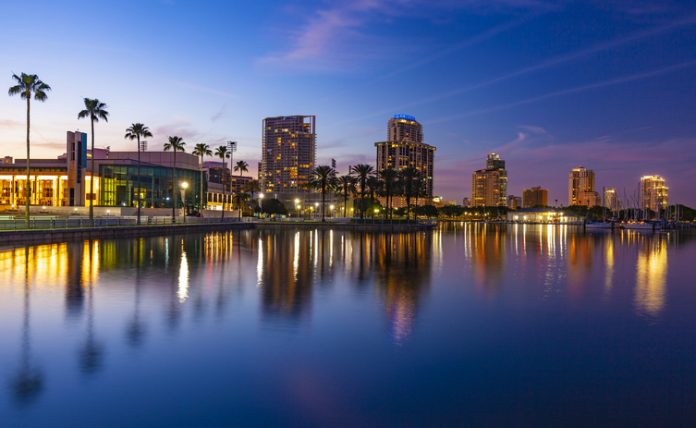
BROOMFIELD, Colo. — STR’s latest monthly P&L data release shows U.S. hotel gross operating profit per available room (GOPPAR) declined 105.4 percent in June 2020. That year-over-year (YOY) percentage change showed continued improvement from April (down 116.9 percent YOY) and May (down 110.1 percent YOY). Additionally, some full-service properties broke even with occupancy at 50 percent, one month after limited-service properties showed positive profitability on average when surpassing 45 percent occupancy.
U.S. Hotel Performance
June 2020 vs. June 2019
GOPPAR: -105.4% to -$5.89
TRevPAR: -81.3% to $46.95
EBITDA PAR: -124.6% to -$20.85
LPAR (Labor Costs): -59.6% to $31.21
In a year-over-year comparison with June 2019, the industry reported a 105.4 percent decline in GOPPAR to -$5.89; an 81.3 percent fall in total revenue per available room (TRevPAR) to $46.95; a 124.6 percent drop in EBIDTA PAR (earnings before interest, income tax, depreciation, and amortization per available room) to -$20.85; and a 59.6 percent decrease in LPAR (total labor costs per available room) to $31.21.
“Aligned with the rise we’ve reported in demand and occupancy, the profitability metrics picked up further with improvements across all revenue departments except F&B,” said Raquel Ortiz, STR’s assistant director of financial performance. “On a per-available-room basis, revenue for full-service properties almost matched the level of limited-service. Overall, full-service GOPPAR was still negative, although we did see some properties in that segment break even at 50 percent occupancy.”
Among top markets, Tampa/St. Petersburg, Fla., recorded the highest TrevPAR ($116) and GOPPAR ($35) levels in June 2020, followed by Anaheim/Santa Ana, Calif., which recorded TrevPAR at $110 and GOPPAR at $28.
“Given the trends we’ve seen in occupancy data, it is no surprise that two beach-access markets would lead in overall profitability for the month,” Ortiz said. “Fortunately, all the top markets showed improved revenues in June, but Tampa and Anaheim were the only ones with positive EBITDA margins.”










